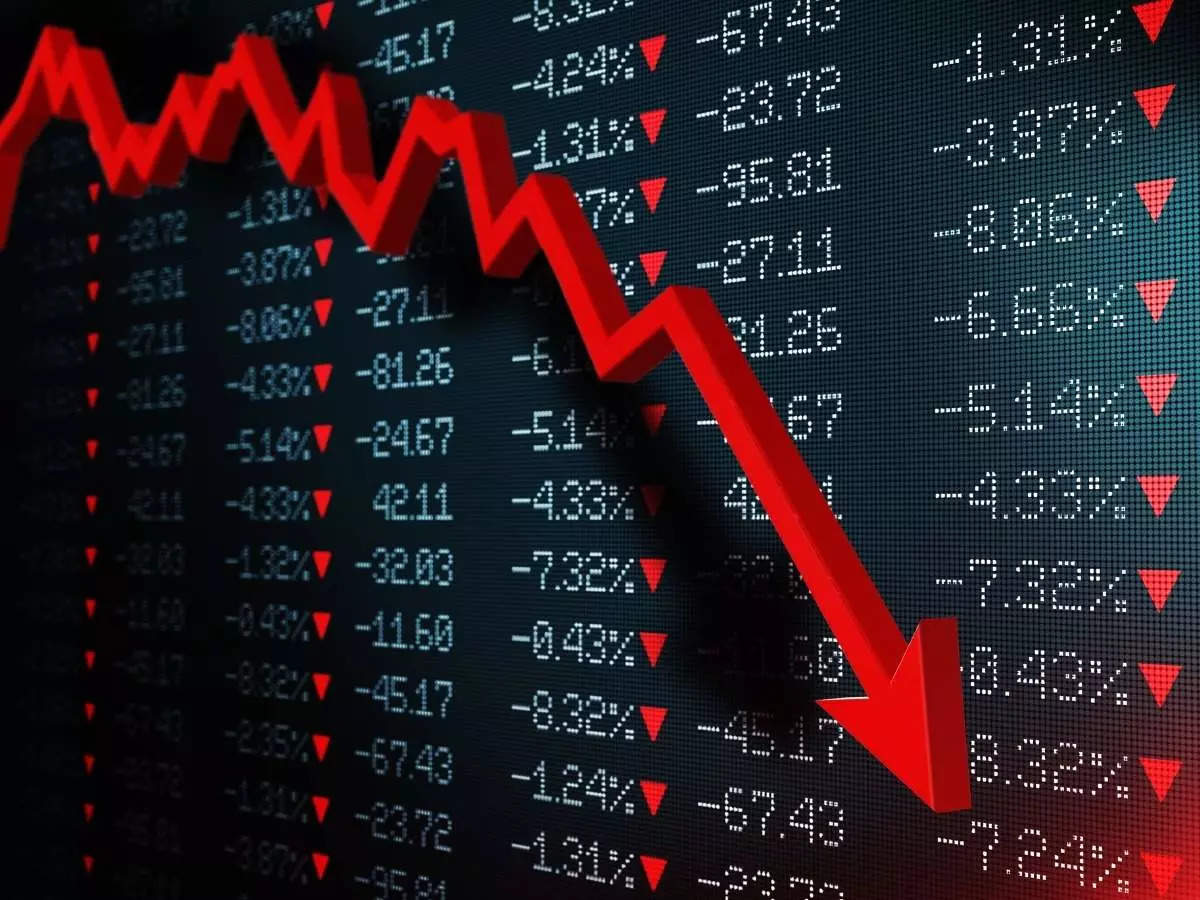 |
|
The Indian stock market experienced a significant downturn, with the NIFTY50 index falling below 24,000 and the SENSEX plummeting over 1,000 points. This sharp decline reflects a confluence of factors contributing to a climate of uncertainty and concern among investors. Understanding the reasons behind this market crash is crucial for investors and analysts alike to navigate the current economic landscape and anticipate future market trends. The immediate impact is a significant loss in investor wealth, impacting both large-scale institutional investors and individual retail traders. The ripple effects extend beyond the stock market, potentially affecting consumer confidence, investment decisions, and overall economic growth. A deeper analysis is required to assess the long-term implications of this market downturn.
One of the primary drivers of this market crash is the global economic uncertainty. Geopolitical tensions, rising inflation in several major economies, and the ongoing war in Ukraine continue to cast a shadow over investor sentiment. The interconnectedness of global markets means that events in one region can quickly trigger cascading effects elsewhere. The uncertainty surrounding future economic growth, coupled with the potential for further geopolitical instability, has prompted investors to adopt a more cautious approach, leading to widespread selling pressure in the Indian stock market. This reflects a broader global trend of risk aversion as investors seek safer havens for their investments amidst considerable uncertainty. The interconnected nature of global financial markets means that even seemingly localized events can trigger significant volatility.
Another contributing factor is the rising concerns about inflation and interest rates. Central banks around the world are grappling with high inflation rates, forcing them to raise interest rates to curb price increases. While higher interest rates aim to control inflation, they also increase borrowing costs for businesses and consumers, potentially slowing down economic growth. This creates a delicate balancing act for policymakers, and the uncertainty surrounding the effectiveness of these measures adds to investor anxiety. Higher interest rates directly impact the attractiveness of equities compared to fixed-income investments, thus leading to a shift in investor preferences away from stocks and towards bonds or other less risky assets. This dynamic further intensifies the selling pressure in the stock market, exacerbating the downward trend.
Furthermore, the recent performance of certain key sectors within the Indian economy has also contributed to the market decline. For example, sustained losses in specific sectors, coupled with concerns regarding the potential for further declines, have intensified the bearish sentiment. This sector-specific weakness has magnified the overall impact on the market indices, leading to a more pronounced drop than might have been the case otherwise. Analyzing the specific vulnerabilities within these key sectors is crucial to identifying the underlying drivers of the market downturn and understanding which segments are most at risk. This granular analysis can help investors make more informed decisions about their portfolios and allocate their assets more strategically.
Finally, investor sentiment plays a crucial role in shaping market trends. News headlines, social media discussions, and overall market psychology can significantly influence investor behavior. Periods of heightened uncertainty often lead to panic selling, where investors rush to liquidate their holdings to minimize potential losses. This herd mentality can amplify market fluctuations and contribute to sharp price declines. Monitoring investor sentiment through various channels is vital for understanding the underlying psychology driving market movements. Effective communication and accurate reporting can help reduce the impact of fear-driven decisions and foster more informed investment choices. The overall effect of these factors combined has resulted in the significant market downturn observed in the Indian stock markets.
Source: NIFTY50 below 24,000, SENSEX plunges over 1,000 points: Five reasons behind the stock market crash
